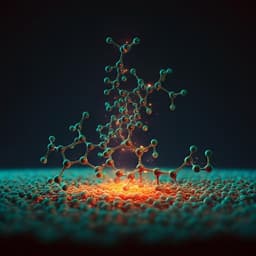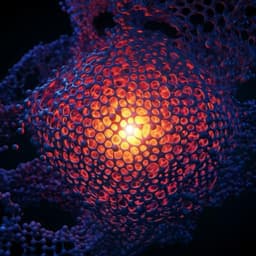
Chemistry
Discovering and harnessing oxidative enzymes for chemoenzymatic synthesis and diversification of anticancer camptothecin analogues
T. M. Nguyen, T. Nguyen, et al.
This groundbreaking research unveils two cytochrome P450 monooxygenases from *Camptotheca acuminata* that specifically oxidize camptothecin, paving the way for innovative anticancer drug production, including topotecan and irinotecan. Authored by Tuan-Anh M. Nguyen, Trinh-Don Nguyen, Yuen Yee Leung, Matthew McConnachie, Oleg Sannikov, Zhicheng Xia, and Thu-Thuy T. Dang, the study highlights environmentally friendly methods for synthesizing important medicinal derivatives.
~3 min • Beginner • English
Related Publications
Explore these studies to deepen your understanding of the subject.







